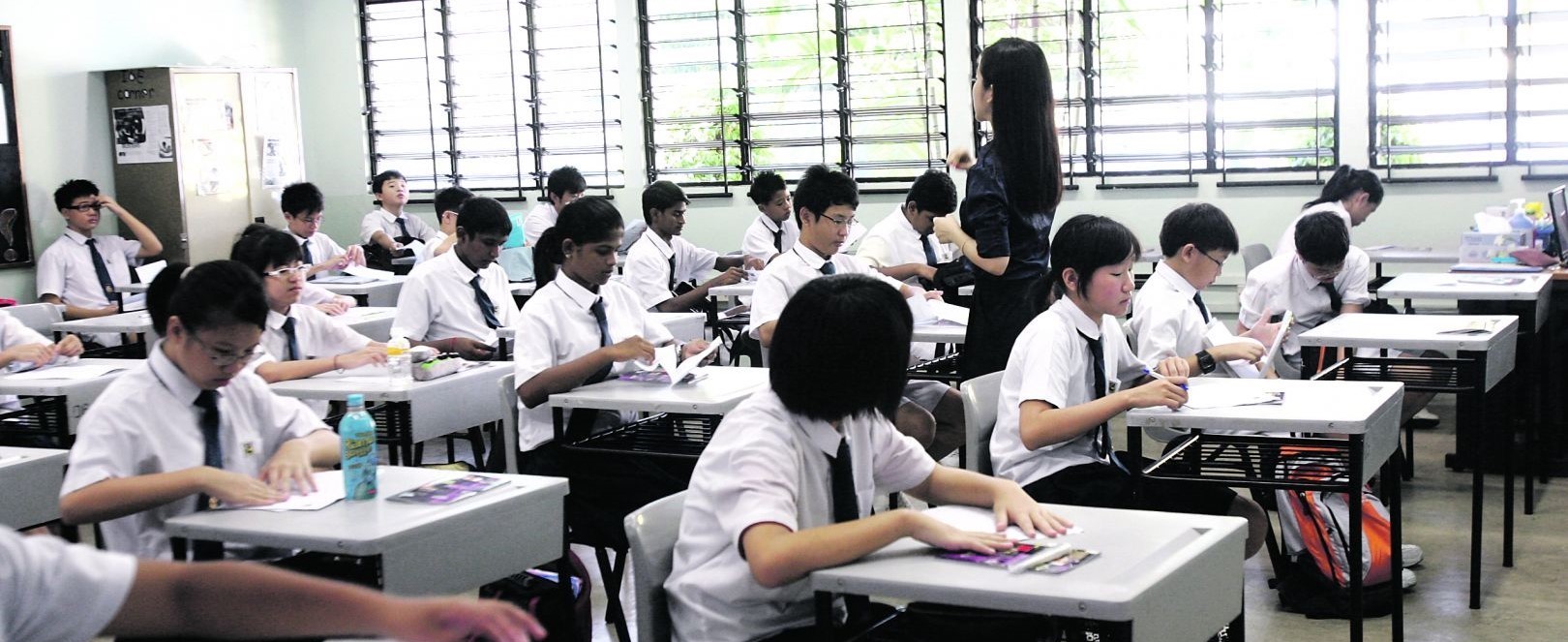

Singapore has a world renowned education, and students have consistently placed near the top on international tests. The primary method of instruction in Singapore is English, though the Mother Tongues (Mandarin, Tamil, Malay) are taught in their respective languages. Similar to Korea, Singapore is a country that considers people as its primary resource-- and education is perceived as a means of bettering that resource.
Singapore went through great lengths to improve its education system ever since its independence in 1965. Back then, Singapore was a poor island country with a low literacy rate. Through the guidance of leaders who recognized the importance of education, Singapore imported excellent professors and instructors from around the world, and established respectable schools and universities that are on par with any school or university in the world. The Center on International Education Benchmarking states that Singapore’s education system went through three different focuses: first, to mass produce literate workers to be exported throughout the world, second, to turn inwards and improve the quality of education/lab, then third, to go beyond test scores and develop critical thinkers who will be able to do well in the workplace.
However, there are some criticisms against the current Singaporean education system. Some have said that Singapore’s education system is all too similar to the traditional “Asian” way of teaching-- the teacher dominates the class, a set material is taught, and the focus is on transferring data from the teacher to the student. Recently, however, the Singaporean government decided to implement programs that will move away from test-prep and more towards teaching students HOW to think. The Ministry of Education of Singapore says: